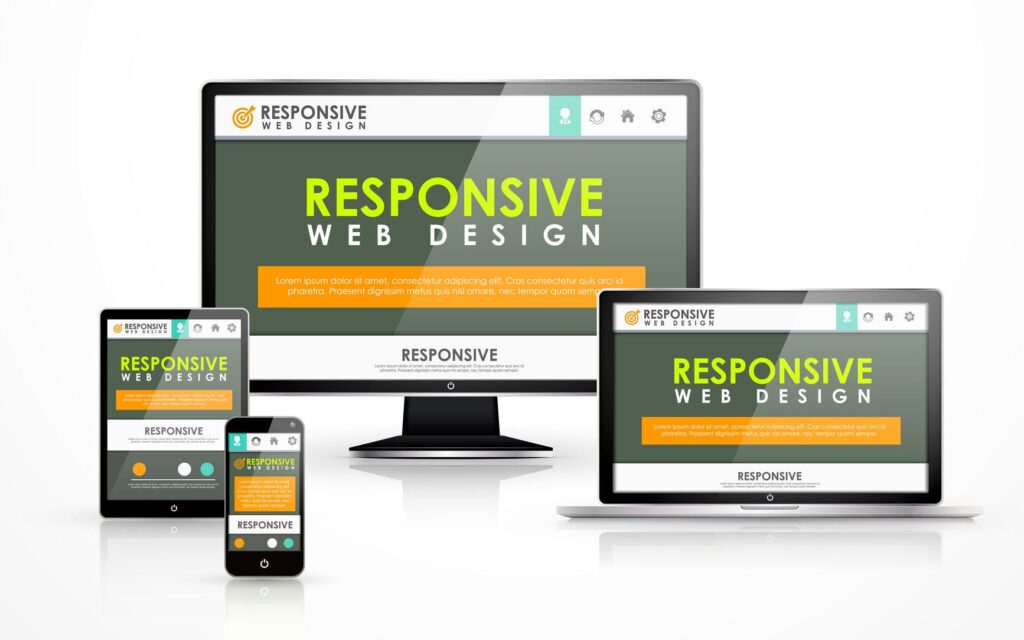
In the era of diverse digital devices, ensuring a consistent and user-friendly experience across various screen sizes is paramount. Responsive web design (RWD) has emerged as a solution to this challenge, allowing websites to adapt dynamically to different devices. In this blog post, we’ll explore the principles of responsive web design, its importance, and best practices for implementation.
Subheading: “What is Responsive Web Design?”
Subheading: “The Three Key Components”
Subheading: “Ubiquity of Devices”
Subheading: “SEO Benefits”
Subheading: “Mobile-First Approach”
Subheading: “Fluid Grids and Flexible Images”
Subheading: “Media Queries and Breakpoints”
Subheading: “Performance Considerations”
Subheading: “Testing Across Devices”
Responsive web design is not just a current trend; it’s a necessity in a digital landscape where user experiences span across devices. By embracing the principles of responsive design and staying attuned to emerging technologies, web designers can ensure their creations deliver a seamless and enjoyable experience for users, regardless of the device they choose.